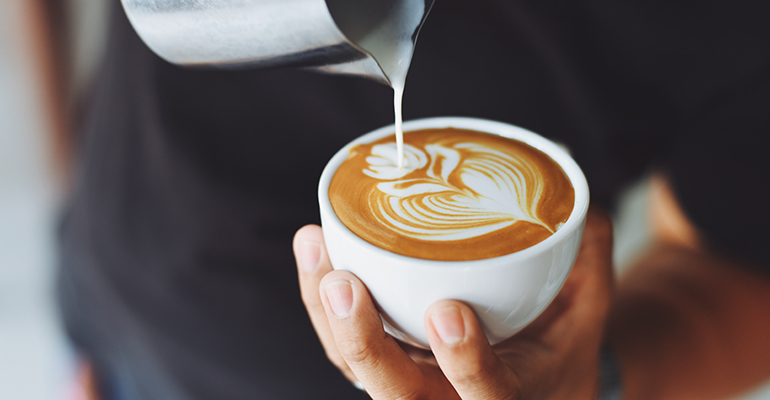News
Brazilian Geographical Indication looks to elevate Robusta to specialty coffee status
2 Aug 2021Specialty coffee makers in Brazil are celebrating after a Robusta variety grown in the Amazon rainforest has received a protected Geographical Indication (GI).
Robusta coffee produced in the Matas de Rondônia region of the Brazilian Amazon now benefits from protected GI status.

With notes of caramel, chocolates, dried fruits and cocoa nibs, the coffee growers who produce it, mostly small-scale family farmers who harvest the cherries manually, are hoping it will help them tap into the specialty coffee market, predicted to reach $83.5 billion in value by 2025, according to Adroit Markets Research.
Researchers from Embrapa, Brazil’s Agricultural Research Corporation, worked with coffee growers in the region to help develop good agronomic practices and receive the GI, which was granted by Brazil’s National Institute of Industrial Property (INPI).
‘Complex, smooth and velvety’
This latest GI could play particular importance in elevating the reputation of Brazilian Robusta coffee, according to Embrapa agronomists.
Robusta coffee traditionally has a negative reputation in Brazil, seen as being of inferior quality and better suited to instant coffee or blended products. This reputation stemmed from more than a century of inadequate post-harvest practices, such as picking unripe cherries, delaying the drying process, and even using direct fire dryers that heat the coffee up to 10 times higher than the ideal temperature of 35°C.
When good post-harvest practices are adhered to, however, Amazon Robusta from the Matas de Rondônia region has a complex flavour and aroma profile with a smooth sweetness and acidity, a velvety body and a marked aftertaste, the agronomists said.
“[…] Despite the advances, Brazil is still not properly recognized for the diversity and specialties of its producing regions,” wrote Renata Silva, analyst and reporter at Embrapa. “It is still the country of commodities, accounting for almost 40% of the world market. This is about to change, they are gradually learning to value and understand that the uniqueness of Brazilian coffee production comes from its cultural, environmental and genetic diversity.”
Silva added: “[The Amazon region] is, above all, the land of specialty coffees, harvested from plants that have adapted to Amazon conditions, with distinct sensory characteristics and that have pleased specialists and demanding consumers in Brazil and around the world.”
Embrapa: ‘Deforestation-free coffee’
However, an even greater challenge than overcoming Robusta’s negative flavour stereotypes will be demonstrating the Matas de Rondônia coffee is not linked to deforestation, said Embrapa researcher, Enrique Alves.
Coffee cultivation areas in this region have been established for decades and are able to increase their output by integrating new technologies, according to the agricultural institute, which is positioning this GI coffee as a sustainable product.
“Happy producers preserve the forest and work to maintain the productive capacity of their areas. This means that they do not need to engage in environmentally predatory and even illegal activities to ensure their livelihood,” said Alves.
Small-scale farmers
The Matas region of Rondônia has deep, well-drained soils that are ideal for coffee production. Most of the farmers are small-scale family farmers with an average of four cultivated hectares and they tend to harvest the coffee cherries manually.
Coffee growers from 15 municipalities in the region can now claim the denomination of origin: Alta Floresta d'Oeste, Cacoal, São Miguel do Guaporé, Nova Brasilândia d'Oeste, Ministro Andreazza, Alto Alegre dos Parecis, Novo Horizonte do Oeste, Seringueiras, Alvorada d'Oeste, Rolim de Moura, Espigão d'Oeste, Santa Luzia d'Oeste, Primavera de Rondônia, São Felipe d'Oeste and Castanheiras.
The state of Rondônia currently produces around 2.2 million bags of coffee annually, according to 2021 data from the national agricultural statistics agency, CONAB.
